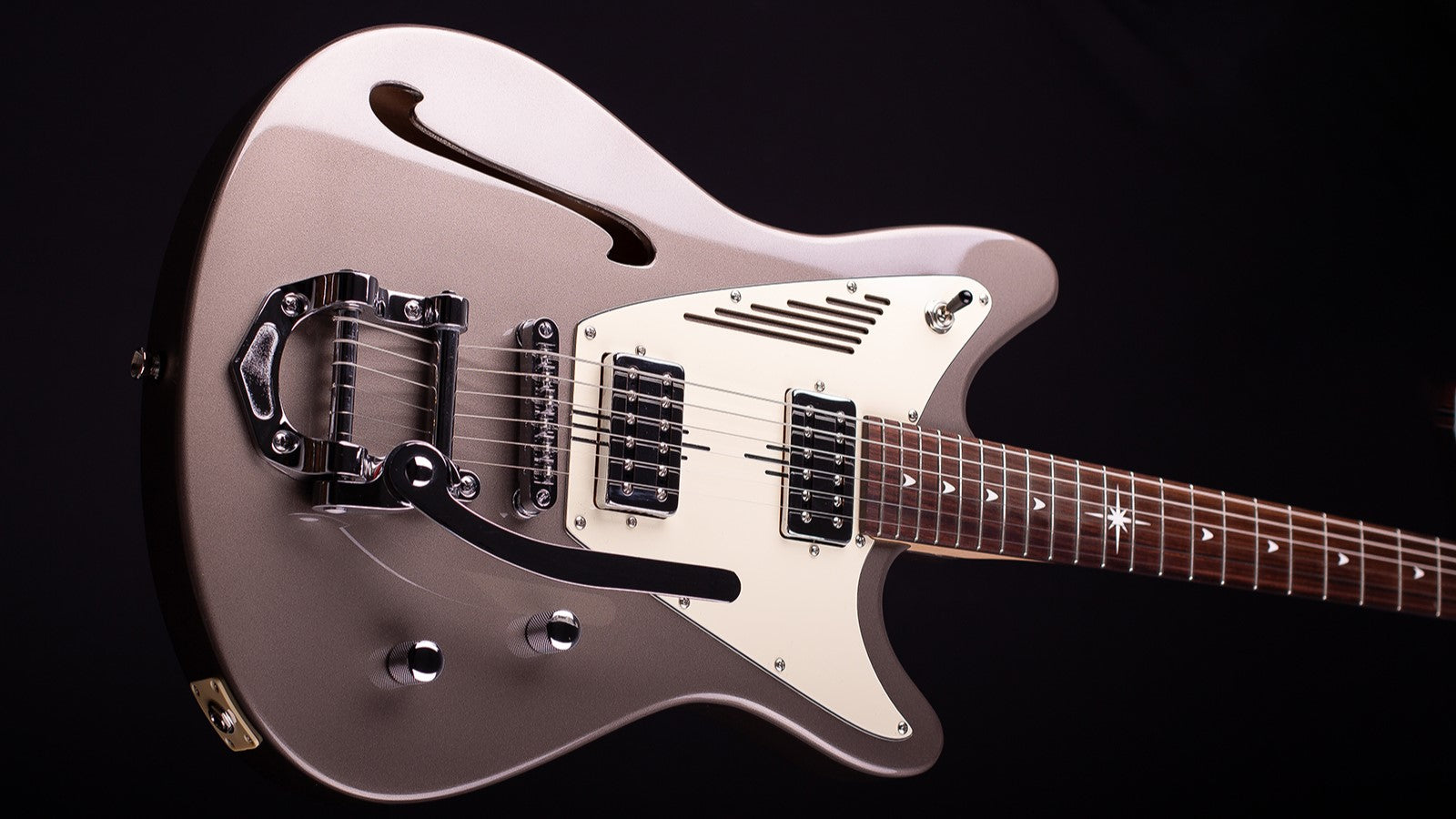The Oud and the Lute are often considered to be the earliest ancestors of the 'modern' guitar. Here's a quick guide to these enigmatic instruments.
The most distinguishable difference between the two instruments are the Oud's lack of frets, considerably smaller neck and that it is played with a long wooden plectrum. Lutes are fretted instruments, with a wider neck and are usually played fingerstyle. Contemporary Oud's are often categorised as being either Arabic or Turkish, however the instrument is prevalent in many Middle Eastern countries and not necessarily defined by their geographical origin. One composer in particular, Joan Ambrosio Dalza, composed several works for Lute that were inspired by the idioms of Oud performance.
We currently stock the wonderful, 'MultiOud Ambience Nylon HG' by Godin, a perfect instrument for a musician looking for the playability and sound of a traditional oud, with the advantages of a custom voiced Fishman pickup system, solid spruce top and a hard case included.
Little is known about Italian lutenist, Dalza, yet his surviving compositions for lute including ‘Caldibi castigliano’ and ‘Calata Spagnola’, portray the Spanish influence as a result of Vihuela cultivation in 16th century Italy. This arrangement for oud should echo the cultural heritage of the oud in Andalusian music, and it’s literal influence on renaissance-lutenist and composer, Dalza. This transcription for solo Oud should demonstrate the similarities between the two instruments and Dalza's ‘vision’ in an act of literal representation.
The transcription below of this lute composition, arranged for solo Oud, can also be played on guitar. See how you get on with this intro to Oud and stay tuned for more left field guitar lessons!
Joe











